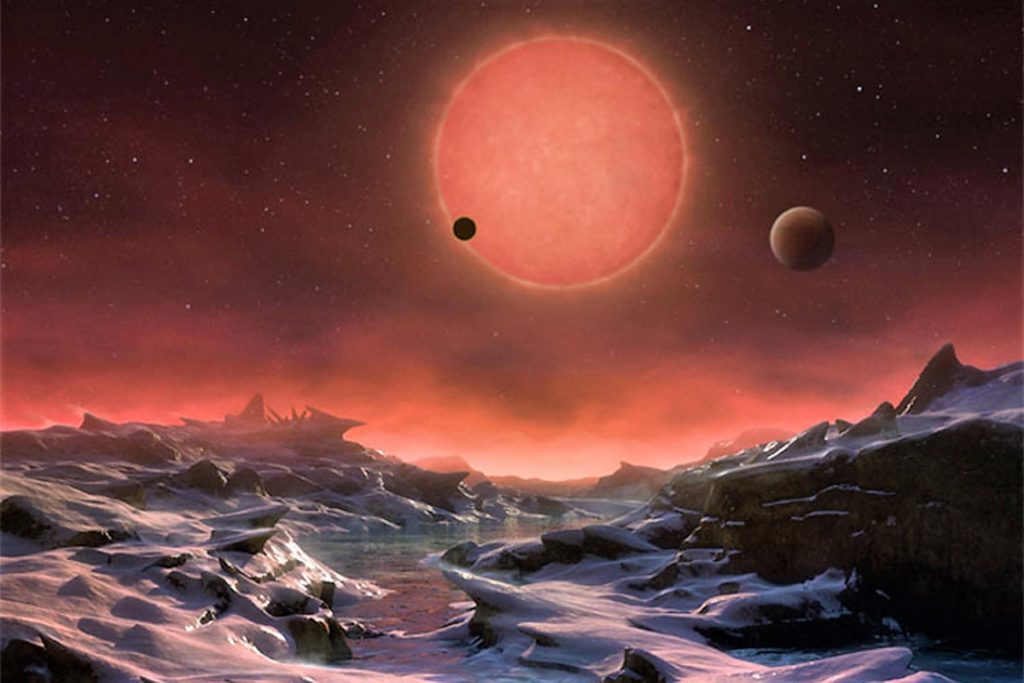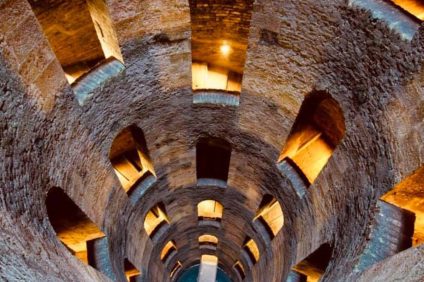Are we alone in the Universe? A question that man has been asking himself for centuries, and which still has not found an answer today. However, it is difficult to think of being the only form of life in all space, so perhaps it is more fair to ask ourselves where else is life. For decades, fleets of satellites and observatories have been analyzing every possible angle in search of those planets suitable for hosting other living beings. And among these will be added soon Plateau, the hunter of planets made byEuropean Space Agency (ESA). A project that sees theItaly on the front line, just like the Vega rocket.
Plato's eyes
But who or is Plato? It is a space telescope that will have a task as simple as it is important: to find other forms of life in the Universe. The name Plato derives from the acronym Planetary Transit and Oscillations of stars, and will be in orbit in 2026. During the last Science Program Committee held in Madrid, ESA officially launched the mission. We then moved from the project to the final phase, with Italy in the foreground. In fact, Plato's 26 eyes bear the signature ofNational Institute of Astrophysics of Padua, Catania and Milan. Their construction will instead be entrusted to the laboratories of the Leonardo of Florence. In addition to optical instruments, Italy will contribute to the control of on-board instruments with Kayser Italy. THE'ASI (Italian Space Agency) will take care of some aspects of the ground mission. Finally theUniversity of Padua will provide the catalog of stars to observe. In short, a lot of Italy in this Plato!

The exoplanets
More and more often we hear about exoplanets. But what are they? They are simply all those celestial bodies that are outside the Solar System. The first to theorize the existence of exoplanets was Isaac Newton in 1773. However, the confirmation of their existence dates back to 1992 when two scientists found some external bodies revolving around another star. Thousands have been discovered since then, many of them capable of harboring life. The last were those of Trappist-1 system, identified in February 2017 byUniversity of Liege, in Belgium (hence the name Trappist, which refers to the typical Belgian beer). A system with seven planets, two of which with conditions suitable for life. Unfortunately their distance (40 light years) will hardly allow us to set foot on those planets. So all that remains is to look for closer ones. A task that will also involve Plato, the hunter of planets





